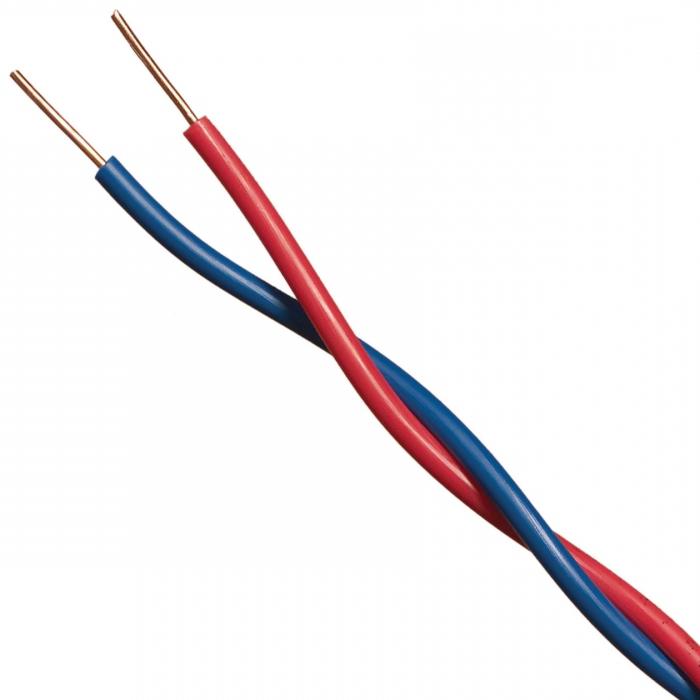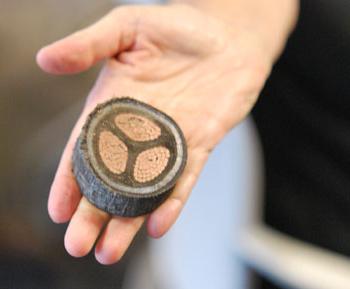How the wire cross section and power are connected to each other

Anyone whose work is related tomaintenance of electrical engineering, it is simply necessary to know how the cable cross-section is calculated according to power. Without this, one can face an unpleasant situation, when recently the line stretched to the consumer breaks down due to the temperature damage of the conductor core. To avoid this, you should not only always remember that the wire cross section and power are interconnected, but also, if necessary, perform calculations. The ability to choose the right diameter of conductors depending on the power consumption can be useful in everyday life: for example, to choose a cable for a self-mounted electric boiler.
Wire cross section, power and permissible current
Since most electrical formulas are prettydifficult, many people, barely hearing about the need to perform any calculations, decide that without the help of a specialist in energy in this area will not be able to figure it out. In fact, the wire cross section and power are connected by a pair of simplest formulas. The task is to determine the maximum current and further selection of the conductor with public reference data.

Theory
From the school course of physics it is known that the current,passing through the conductive material, causes its heating, the value of which depends on the cross-sectional area and the configuration of the conductor (it is obvious that the thin conductive veins of the vein will heat up higher than the metal plate). The current value of the current also has an effect, that is, with its increase, the heating processes become more intense. Let's recall the formula for calculating the current from known voltage and resistance. It is derived from the classical Ohm's law and looks like I = U / R, where U is the voltage in Volts, R is the resistance in Ohms.

However, how is the wire cross section and power related to this? Directly! It is more correct in this case to use the concept of not power but current (their connection will be shown below, giving the formula).
The electric power of the consumer is interconnectedwith the magnitude of the current flowing through the conductor. In the general case, it can be determined from the formula P = I * U, where I is the amperage current. We do not take into account the power characteristic (active or reactive component), however, the given data is quite sufficient for the selection of wire across the section. The last stage remains - to determine the cross-sectional area of the cable core. Experienced electricians determine this parameter "by eye", but we recommend using a simple formula that will avoid possible errors.
Practice
With the core of the cable, it is necessary to remove the insulation, bare metal, and measure the diameter. Then the obtained value should be substituted into the formula S = (3,14 * (d * d)) / 4, where d is the diameter in millimeters.
It remains to take the reference book (PUE), find the table of correspondences of current and section and select the required cable. The material and method of line laying are also taken into account.
An example from life
Suppose that you need to connect a boilerpower 2 kW to the 220 V network. Using the above formula for "P", we get a current of 9 amperes. In the store, the cheapest two-core cable with copper conductors is presented with a cross-section of 0.75 and 1 mm square. Open the directory, we find "open posting". Two-core with a cross-section of 1 mm.kv. withstands 16 amperes (GOST-80!), and for 0.75 corresponds to 15 A. Almost twice the stock. Thus, in this example, the use of cables with the specified copper cores is perfectly permissible. This is how the wire cross section and power are connected.
</ p>







